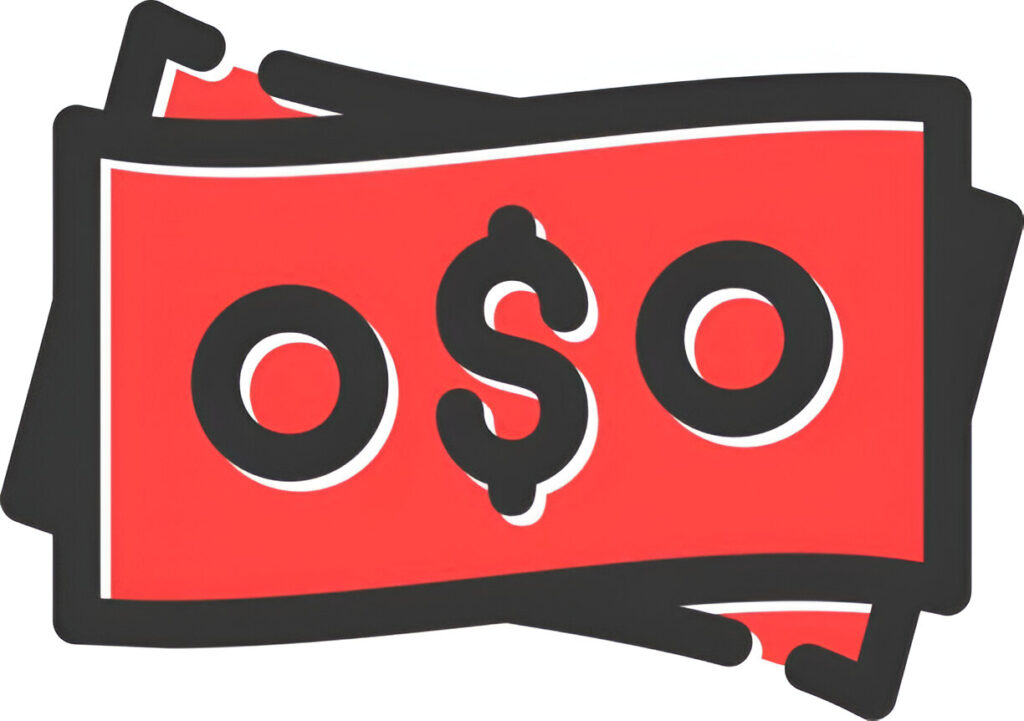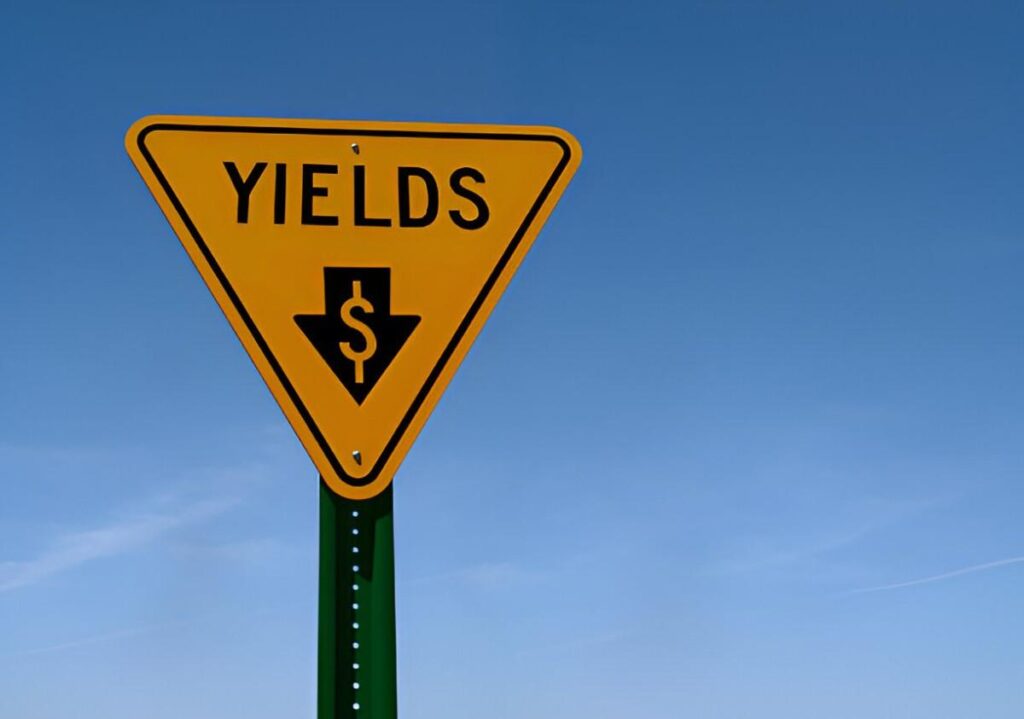When I first started exploring the world of finance, I often came across the term “squeeze.” At first, it seemed like just another buzzword thrown around by traders and analysts. But as I dug deeper, I realized that “squeeze” is a powerful concept with significant implications for investors, businesses, and even the broader economy. In this guide, I’ll break down what a squeeze means in financial terms, explore its different types, and explain how it impacts markets and decision-making. Whether you’re a beginner or someone looking to deepen your understanding, this article will help you decode the financial term “squeeze” in a way that’s both accessible and insightful.
Table of Contents
What Is a Squeeze?
In finance, a “squeeze” refers to a situation where market conditions force participants to take actions they might not otherwise take. These conditions often arise due to a lack of liquidity, sudden price movements, or external pressures. The term is used in various contexts, such as a “short squeeze,” “credit squeeze,” or “profit squeeze.” Each type of squeeze has its own dynamics, but they all share a common thread: they create pressure that can lead to significant financial consequences.
The Short Squeeze
One of the most talked-about types of squeeze is the short squeeze. This occurs when investors who have shorted a stock (betting that its price will fall) are forced to buy it back at a higher price to cover their positions. This buying activity drives the stock price even higher, creating a feedback loop.
Let me illustrate this with an example. Suppose Company XYZ’s stock is trading at \$50 per share. An investor believes the stock is overvalued and decides to short 100 shares. To do this, they borrow the shares from a broker and sell them in the market, receiving \$5,000 (100 \times \$50).
Now, imagine unexpected positive news about Company XYZ causes the stock price to jump to \$70. The investor now faces a loss of \$20 per share. If the price continues to rise, the investor may be forced to buy back the shares to limit their losses. This buying activity can push the price even higher, creating a short squeeze.
The mechanics of a short squeeze can be summarized with the following formula:
\text{Short Squeeze Pressure} = \frac{\text{Short Interest}}{\text{Float}} \times \text{Price Increase}Where:
- Short Interest is the total number of shares sold short.
- Float is the total number of shares available for trading.
- Price Increase is the percentage rise in the stock price.
A high short interest relative to the float increases the likelihood of a squeeze. For example, if 40% of a company’s float is sold short, even a small price increase can trigger a squeeze.
The Credit Squeeze
Another important type of squeeze is the credit squeeze. This occurs when lenders become reluctant to extend credit, making it difficult for borrowers to obtain loans. A credit squeeze often happens during economic downturns or financial crises when banks and other financial institutions tighten their lending standards.
For instance, during the 2008 financial crisis, many banks faced liquidity issues and reduced their lending activities. This created a credit squeeze, making it harder for businesses and consumers to access funds. The impact of a credit squeeze can be far-reaching, affecting everything from corporate investments to household spending.
The Federal Reserve often monitors credit conditions using indicators like the Senior Loan Officer Opinion Survey (SLOOS). A tightening in lending standards, as reported in the SLOOS, can signal an impending credit squeeze.
The Profit Squeeze
A profit squeeze occurs when a company’s profit margins are compressed due to rising costs or falling revenues. This can happen for various reasons, such as increased competition, higher input costs, or regulatory changes.
For example, consider a manufacturing company that relies heavily on steel. If the price of steel rises significantly, the company’s production costs will increase. If the company cannot pass these costs onto consumers by raising prices, its profit margins will shrink, leading to a profit squeeze.
The profit margin can be calculated as:
\text{Profit Margin} = \frac{\text{Net Income}}{\text{Revenue}} \times 100A decline in this ratio indicates a profit squeeze.
Why Squeezes Matter
Squeezes matter because they can have a profound impact on financial markets and the economy. They often lead to increased volatility, as market participants scramble to adjust their positions. For example, a short squeeze can cause a stock’s price to skyrocket in a short period, creating opportunities for some investors and significant losses for others.
Squeezes can also signal broader economic trends. A credit squeeze, for instance, may indicate tightening financial conditions, which can slow economic growth. Similarly, a profit squeeze can highlight challenges faced by specific industries, such as rising input costs or changing consumer preferences.
Historical Examples of Squeezes
To better understand squeezes, let’s look at some historical examples.
The GameStop Short Squeeze (2021)
One of the most famous recent examples of a short squeeze is the GameStop saga in early 2021. GameStop, a struggling video game retailer, had a high level of short interest. Retail investors, organized through platforms like Reddit’s WallStreetBets, began buying the stock, driving its price up. This forced short sellers to cover their positions, further fueling the price increase. At its peak, GameStop’s stock price rose from around \$20 to over \$483 in a matter of weeks.
The 2008 Credit Squeeze
The 2008 financial crisis is a prime example of a credit squeeze. As the housing market collapsed, banks faced massive losses on mortgage-backed securities. This led to a severe tightening of credit, as banks became wary of lending. The credit squeeze exacerbated the economic downturn, leading to widespread job losses and business closures.
The Oil Price Squeeze (2014-2016)
Between 2014 and 2016, the global oil market experienced a profit squeeze. A surge in oil production, particularly from U.S. shale producers, led to a supply glut. This caused oil prices to plummet from over \$100 per barrel to below \$30. Many oil companies saw their profit margins evaporate, leading to bankruptcies and layoffs.
How to Identify a Squeeze
Identifying a squeeze requires careful analysis of market conditions and financial data. Here are some key indicators to watch:
For Short Squeezes
- High Short Interest: A high percentage of a stock’s float sold short increases the risk of a squeeze.
- Rising Price: A sudden increase in a stock’s price can trigger a squeeze.
- Volume Spikes: Unusually high trading volume may indicate increased buying activity.
For Credit Squeezes
- Tightening Lending Standards: Reports like the SLOOS can provide insights into credit conditions.
- Rising Interest Rates: Higher interest rates can make borrowing more expensive, leading to a credit squeeze.
- Economic Indicators: A slowdown in economic growth or rising unemployment can signal tighter credit conditions.
For Profit Squeezes
- Rising Costs: Increases in input costs, such as raw materials or labor, can compress profit margins.
- Falling Revenues: Declining sales or market share can lead to a profit squeeze.
- Industry Trends: Changes in consumer preferences or regulatory environments can impact profitability.
The Role of Market Psychology
Market psychology plays a crucial role in squeezes. Fear and greed often drive market participants to act irrationally, exacerbating the effects of a squeeze. For example, in a short squeeze, fear of further losses can cause short sellers to panic and cover their positions, driving the price even higher. Similarly, in a credit squeeze, fear of default can lead lenders to tighten credit excessively, worsening economic conditions.
Understanding market psychology can help investors anticipate and navigate squeezes. By staying calm and rational, investors can avoid making impulsive decisions that could lead to significant losses.
Strategies to Navigate Squeezes
Navigating squeezes requires a combination of analysis, discipline, and risk management. Here are some strategies to consider:
For Short Squeezes
- Avoid Overleveraging: Using excessive leverage can amplify losses in a short squeeze.
- Set Stop-Loss Orders: These can help limit losses if a trade goes against you.
- Monitor Short Interest: Keeping an eye on short interest levels can help identify potential squeezes.
For Credit Squeezes
- Diversify Funding Sources: Relying on a single source of funding can be risky during a credit squeeze.
- Maintain Strong Creditworthiness: A strong credit profile can make it easier to obtain financing even in tight credit conditions.
- Monitor Economic Indicators: Staying informed about economic trends can help anticipate credit squeezes.
For Profit Squeezes
- Control Costs: Keeping costs in check can help maintain profit margins during a squeeze.
- Diversify Revenue Streams: Relying on a single product or market can increase vulnerability to a profit squeeze.
- Adapt to Market Changes: Being flexible and responsive to changing market conditions can help mitigate the impact of a squeeze.
The Broader Economic Impact
Squeezes don’t just affect individual investors or companies; they can have broader economic implications. For example, a credit squeeze can reduce consumer spending and business investment, slowing economic growth. Similarly, a profit squeeze in a key industry, such as energy or manufacturing, can lead to job losses and reduced economic activity.
Policymakers often take steps to mitigate the impact of squeezes. For example, central banks may lower interest rates or provide liquidity to the financial system during a credit squeeze. Governments may also implement fiscal stimulus measures to support economic activity.
Conclusion
Decoding the financial term “squeeze” has been an enlightening journey for me. From understanding the mechanics of a short squeeze to exploring the broader economic impact of credit and profit squeezes, I’ve gained a deeper appreciation for the complexities of financial markets. Squeezes are more than just market anomalies; they are powerful forces that can shape investment outcomes and economic trends.





